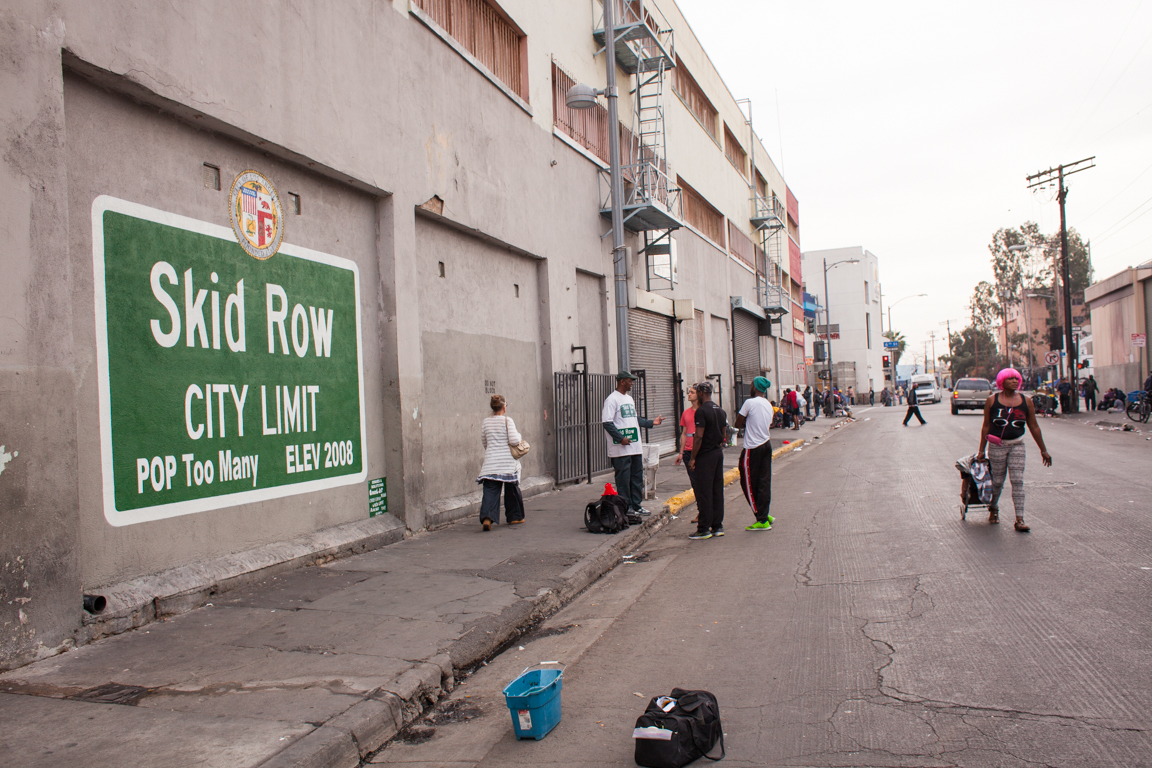Last Monday, the City Council rejected an Addendum to the already $167,000 Downtown Parking Study.
Part of the Addendum would have actually conducted a length-of-stay analysis (both employees and patrons).
Identifying types and rates of visitation to Downtown by various groups — residents, local workers or patrons from outside the immediate vicinity.
Here was an analysis the city claimed would be beneficial, but, they claim, not critical to completing a thorough Downtown Parking Study.
If you visit the Downtown neighborhood on any weekday morning, you cannot miss the usual sights:
Parents driving their children to school. Over on Irving Place, parents are trying to find parking. After quickly filling up the entire available street-parking, parents use the former Culver City parking lot, at 4043 Irving Pl.
The developer to whom the city sold the land, in a very smart move, has not secured his property. Doing so would show the obvious impact that losing the public parking lot would cause to the neighborhood and Downtown.
The city calls the current condition “transient parking.”
Doing so, they don't have to study or count the number of vehicles that use the lot on a daily basis.
Doing so, they don't have to find out who are the people parking on the lot.
Not knowing who is parking on the lot and where they are walking, is ignoring the elephant in the room.
In the evening, employees and patrons fill the 4043 Irving Pl. lot and neighborhood streets for free parking.
The night ends with people wandering, or some staggering, into the neighborhood, when the new Downtown restaurants close, trying to find their cars.
The city has refused to study the steady flow of traffic parking in our neighborhood. When the lot closes, to be developed into 28 condos and 1 office, where will the displaced vehicles park for free?
The city said the Addendum component would have complemented the Downtown Parking Study by providing information about where both employees and patrons go and how long they stay after they park their cars.
The city said the information gathered would have assisted the Redevelopment Agency and city in implementing policies.
With $2 million of tax-exempt bond funds available for infrastructure-related projects, like this, the city decided to not do an analysis.
Don’t ask.
Don’t tell.
Don’t study.
The city can claim they don’t see any problems.
Mr. Anderson may be contacted at caryanderson@ca.rr.com.







